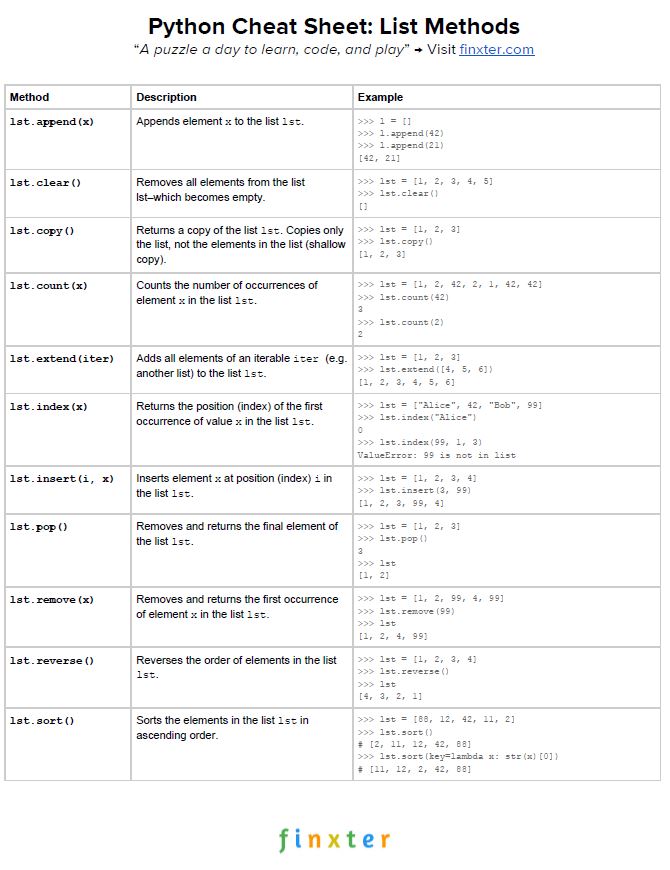

So list of tuples (key / value pairs) is sorted by keys. Sort_data = sorted(ems(), key=lambda pair : pair) By default sorted will sort the list of tuple by 1st element in tuple i.e. Sort_data = sorted(ems(), key=lambda x: x) To turn the result into a dictionary, you need to call the dict() function on it. It returns a list of tuples that represent the dictionary keys and values.

Sort by Values: Ascending Orderįor example, given a data dictionary of student names mapped to their ages, let’s sort the dictionary data in ascending age order.īy the way, the sorted() function doesn’t return a dictionary. There is also a sorted () built-in function that builds a new sorted list from an iterable. To create such a function, you can use a lambda function. Python lists have a built-in list.sort () method that modifies the list in-place. It just needs to do is take a key-value pair as an input and return the value as an output. The keys are unique and a colon separates it from value, whereas comma separates the items. Dictionary represents the key-value pair in Python, enclosed in curly braces.
SORTED PYTHON LIST OF DICTIONARIES HOW TO
To sort in ascending order, the key function is trivial. Ways to sort list of dictionaries using values in python - In this article, we will see how to sort a list of dictionaries using values. A Python dictionary is an unordered collection that stores data as key pairs, differing from other data types that store single values. In other words, the sorted() performs a built-in sorting algorithm on the elements of the list and calls the key function for each element to sort them in the desired way. The key parameter acts as the sorting function. To let the sorted() function know you want to sort the dictionary by values, specify the optional key parameter in the function call. By default, the sorted() function sorts a dictionary by keys. To sort a dictionary by values, you need to let the sorted() function know it. More specifically, you will now see how to sort dictionaries in Python in:

Each student can be associated with data like name, age, grades, and so on.Īnyway, the point of this guide is not to teach what a dictionary is but how to sort it. This makes dictionaries great data stores for labeled and structured data.įor instance, you might have a dictionary that represents the students of a class. The idea of a dictionary is to store values accessible via keys, instead of indices like in lists. In Python, a dictionary is a collection of key-value pairs. Let’s see the sorted() function in action by sorting a dictionary in a bunch of different ways. It provides a sorting function by which the elements are sorted.


 0 kommentar(er)
0 kommentar(er)
